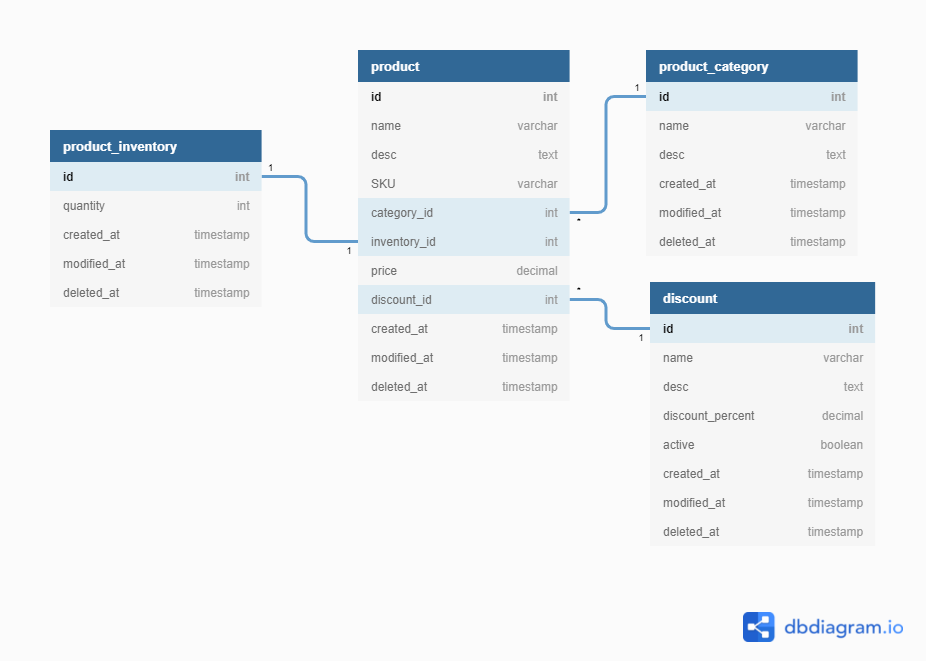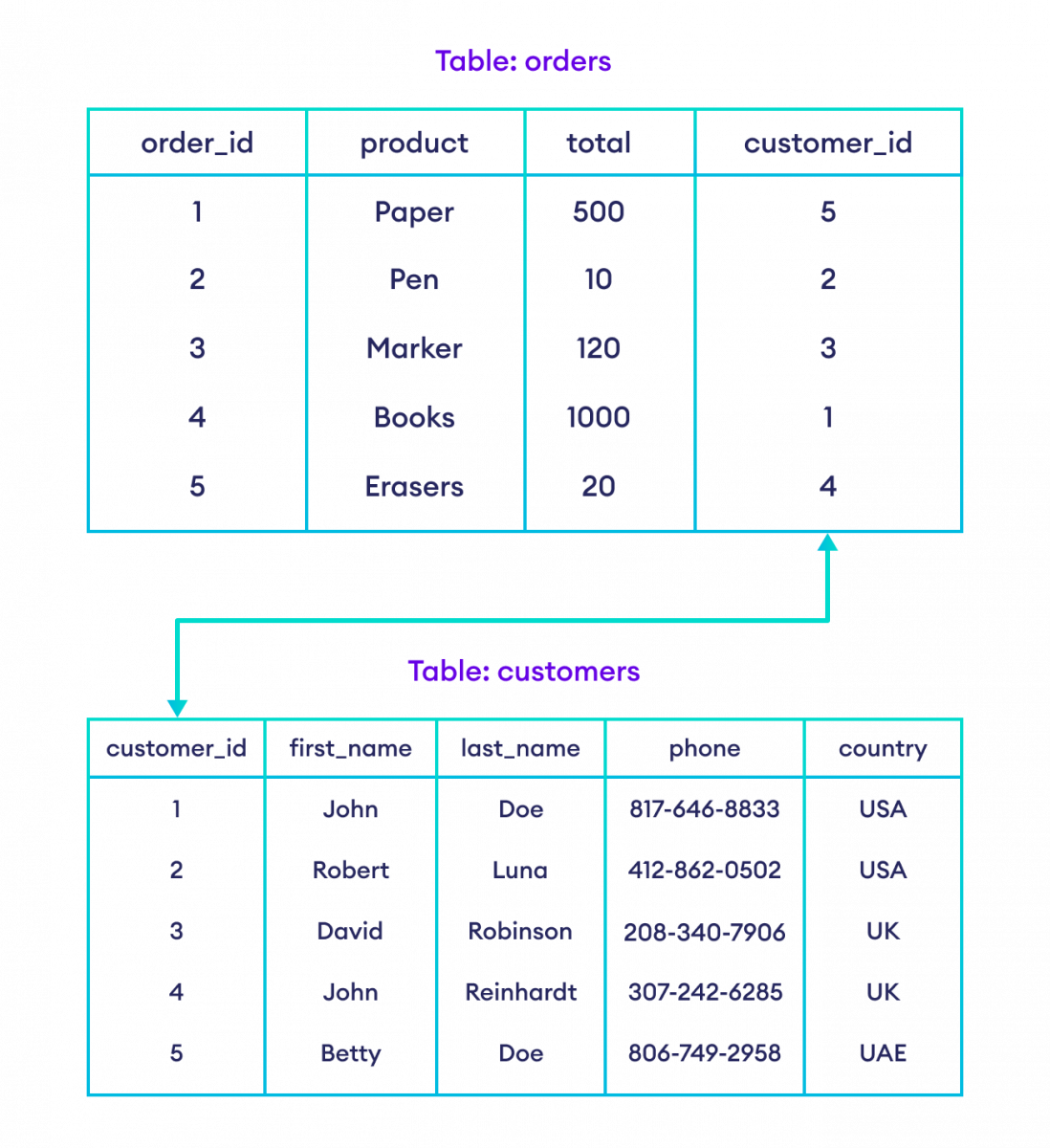What is a Database?
A database is a structured and organized collection of data that is stored electronically in a computer system. It is designed to efficiently manage, store, and retrieve information. Databases play a crucial role in various applications and industries, serving as a central repository for data that can be easily accessed, manipulated, and analyzed.
The key components of a database include:
- Data: This refers to the information stored in the database. Data can be facts, figures, text, multimedia, or any other type of information.
- Database Management System (DBMS): The DBMS is software that provides an interface for interacting with the database. It manages the storage, retrieval, and organization of data, ensuring data integrity, security, and efficient access.
- Tables: Data in a database is typically organized into tables, which are structured sets of rows and columns. Each row in a table represents a record, and each column represents a specific attribute or field.
- Schema: The schema defines the structure of the database, including the tables, fields, relationships, and constraints. It serves as a blueprint for how data is organized within the database.
- Queries: Users can retrieve, update, or manipulate data in the database using queries. Queries are written in a specific language, such as SQL (Structured Query Language), which allows users to interact with the database and perform various operations.
Databases can be categorized into different types based on their structure, functionality, and the way they store and retrieve data. Common types include relational databases, NoSQL databases, graph databases, and document databases, each designed to address specific needs and use cases.
Example of a Database Schema with various tables in a Product Inventory system:

We've mentioned (Relational) Database Management Systems - these are software specific databases that are created by various companies to manage their own database implementation. Some examples include Postgres, Oracle DB, MySQL, Microsoft SQL Server. They include a database and the DBMS that allows users to access and interact with the underlying data in the database. For the purpose of this blog, we will focus on the universal concepts that can be applied to these systems rather than the specific syntax and implementations of these databases.
Database Table example:

Example: Customer Relationship Management (CRM)
Scenario:
Imagine a company that sells products or services to a large customer base. They want to keep track of their customers, their purchase history, interactions, and other relevant information to improve customer service, marketing, and overall business efficiency.
How a Database is Used:
- Customer Information Storage: The company sets up a database to store customer information. This database includes tables such as "Customers," with fields like customer ID, name, contact details, and address.
- Purchase History: Another table in the database, such as "Orders," is used to store information about each purchase. This table could include details like order ID, product purchased, date of purchase, and transaction amount.
- Interactions and Communications: The company may have a table for "Interactions" to log customer interactions, such as phone calls, emails, or support tickets.
- Database Queries: Using SQL queries or a graphical interface, employees can easily retrieve specific information. For example, they might want to find the contact details of a customer with a specific ID, or they might want to see a list of all customers who made a purchase in the last month.

This is just one example, and databases are used in countless other scenarios, including financial systems, healthcare records, inventory management, and more. They provide a structured and organized way to handle and make sense of large volumes of data in various applications.
In summary, a database is a systematic and electronic way of organizing and storing data, providing a reliable and efficient means of managing information for applications, businesses, and various other purposes.